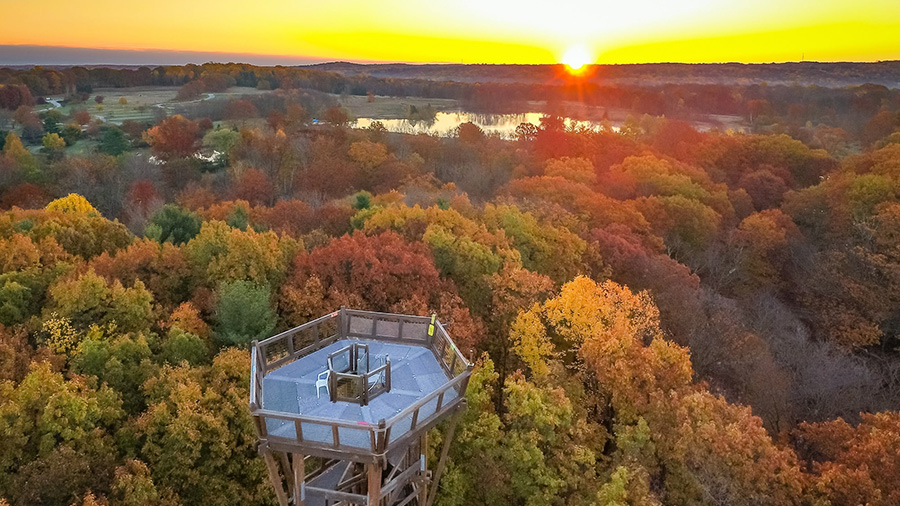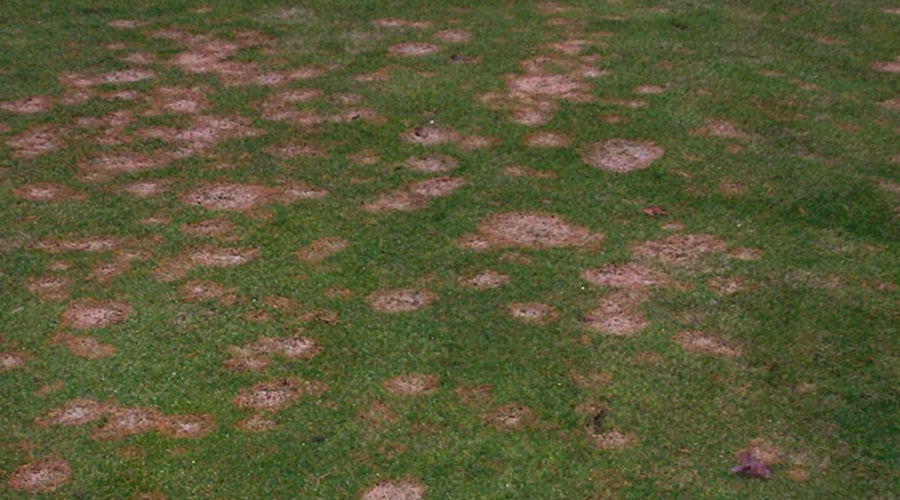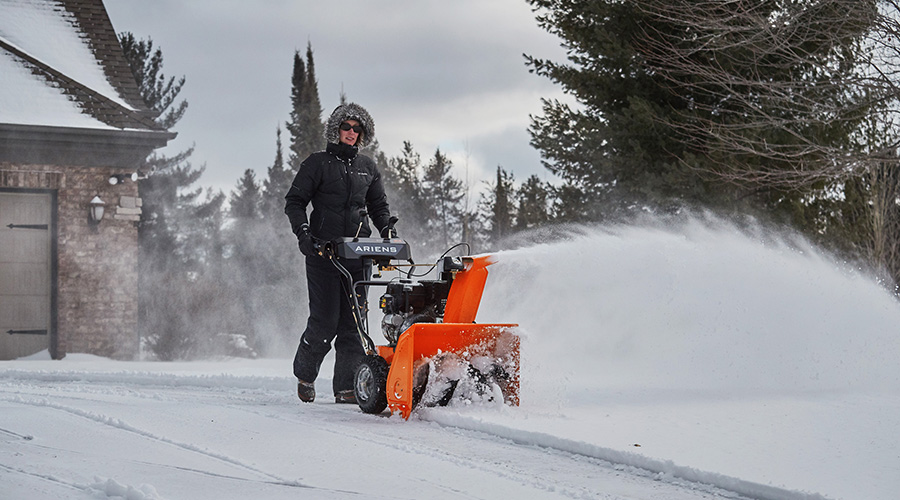Regular Renovation Recommended for Green Landscapes
For those areas that are not mulched but instead are covered by turf, managers need to take into account other issues. Turf grass can be a huge drain on financial resources because of its need for continuous maintenance and watering. Frequent mowing means money spent on equipment, gas and labor. Turf grass requires about three times more water than a sustainable mixed landscape, so reducing a lawn size in favor of expanding sustainable plant beds is an effective way to lower water costs.
Where turf is essential, managers can consider using native grass blends, which require less water and maintenance than ornamental grasses. Also, managers should provide clear walkways and paths for visitors, with signs encouraging their use to prevent pedestrians from causing soil compaction, which decreases the overall performance and health of the turf.
Design Decisions
Even with great care, landscapes undergo changes that make them less attractive or less functional as they mature and respond to the stresses of the environment that encompasses a facility. Over time, a landscape's condition deteriorates, which can give managers an opportunity to renovate and incorporate changes to enhance the appearance and sustainability of the property while increasing efficiencies in water use and maintenance.
With this in mind, it is just as important for a landscape to be intelligently designed. This means taking ease of maintenance, sustainability, and water use into consideration. These are key details to discuss when working with a landscape contractor to develop a landscape plan. If done properly, a well-designed landscape can significantly reduce a property's operating costs, while still keeping it attractive and impactful.
Managers can seek guidance from a landscape professional when planning a landscape design or renovation. Planning and placement is everything. Professional landscapers can help identify specific types of trees, shrubs and plants that are suited for particular reasons and needs.
Consider the location and size of trees around facilities. Trees can provide summer shade for buildings, pedestrians and parking areas, which can enhance sustainability by keeping a building's cooling costs down and improving comfort. Those same well-placed trees lose their leaves in the winter and let the warmth of the sun into those same areas for cold-season comfort and reduced heating costs.
Managers also need to consider the size and growth potential for trees and shrubs. Poorly placed, they might require too much pruning to keep their branches away from sidewalks or parking places, and this over-pruning can cause poor plant health. Native flowering shrubs can be strategically placed, and the addition of smaller native plants can help create a flow and scale.
Taken together, these strategies and tactics can help managers control landscape costs and enhance sustainability. The proper installation and maintenance of irrigation systems results in not only responsible water use but also the elimination of wasteful spending. An efficient system also ensures landscapes stay beautiful and healthy, which in turn holds down long-term maintenance costs and creates a pleasant and welcoming environment.
Ken Hutcheson is president of U.S. Lawns, a commercial landscape company with about 260 franchise locations nationwide.
Related Topics:














